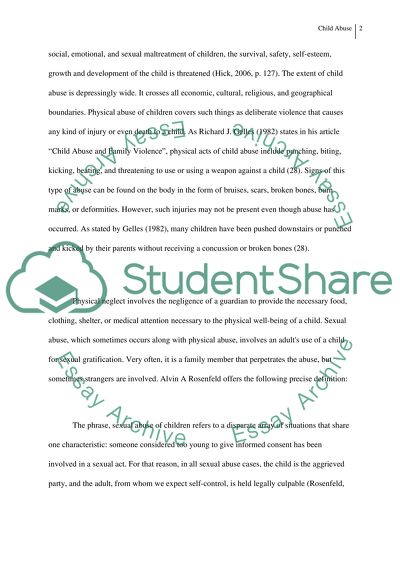Cite this document
(Child Abuse As It Is Essay Example | Topics and Well Written Essays - 1750 words, n.d.)
Child Abuse As It Is Essay Example | Topics and Well Written Essays - 1750 words. https://studentshare.org/law/1573992-child-abuse
Child Abuse As It Is Essay Example | Topics and Well Written Essays - 1750 words. https://studentshare.org/law/1573992-child-abuse
(Child Abuse As It Is Essay Example | Topics and Well Written Essays - 1750 Words)
Child Abuse As It Is Essay Example | Topics and Well Written Essays - 1750 Words. https://studentshare.org/law/1573992-child-abuse.
Child Abuse As It Is Essay Example | Topics and Well Written Essays - 1750 Words. https://studentshare.org/law/1573992-child-abuse.
“Child Abuse As It Is Essay Example | Topics and Well Written Essays - 1750 Words”. https://studentshare.org/law/1573992-child-abuse.


